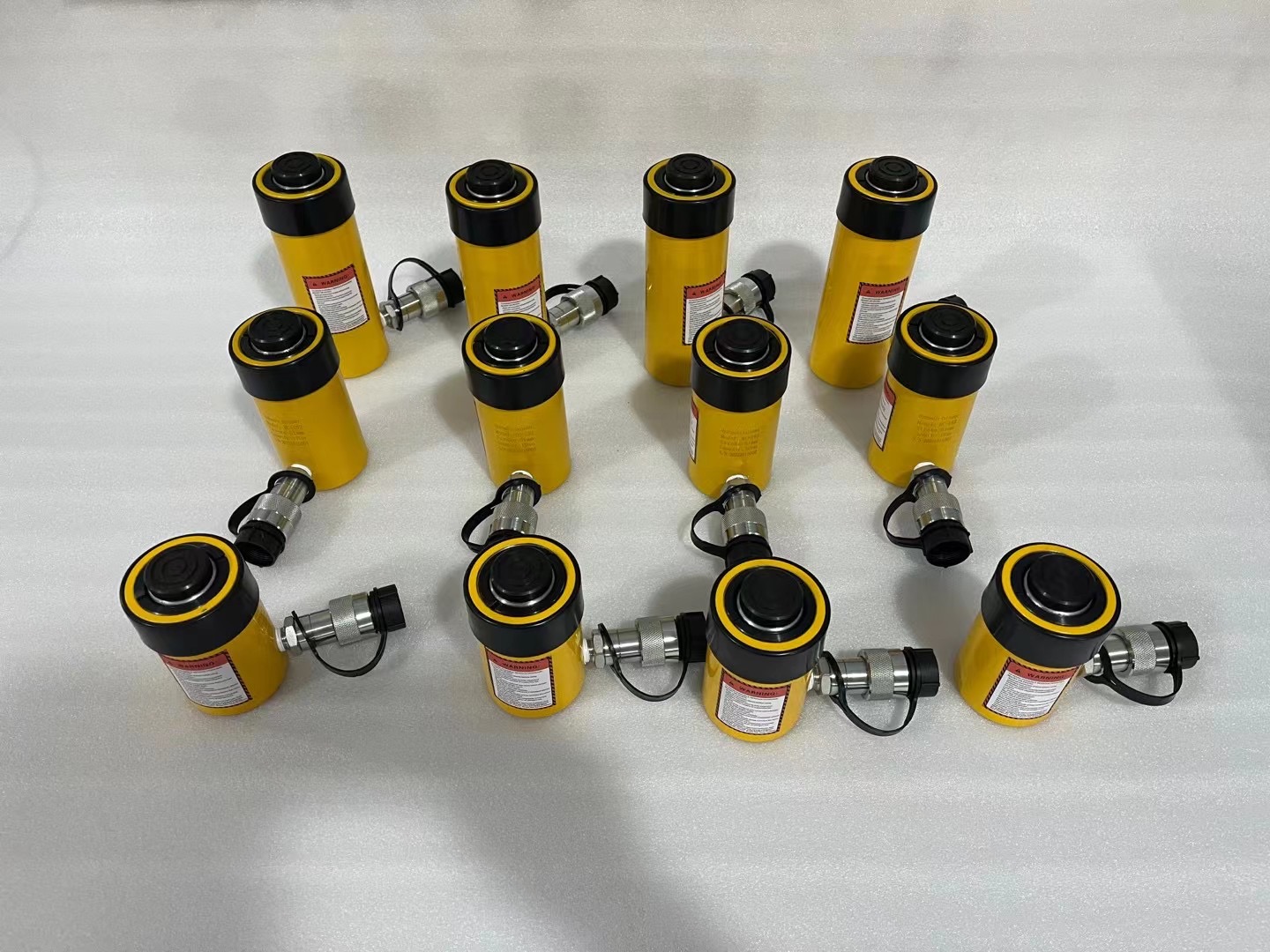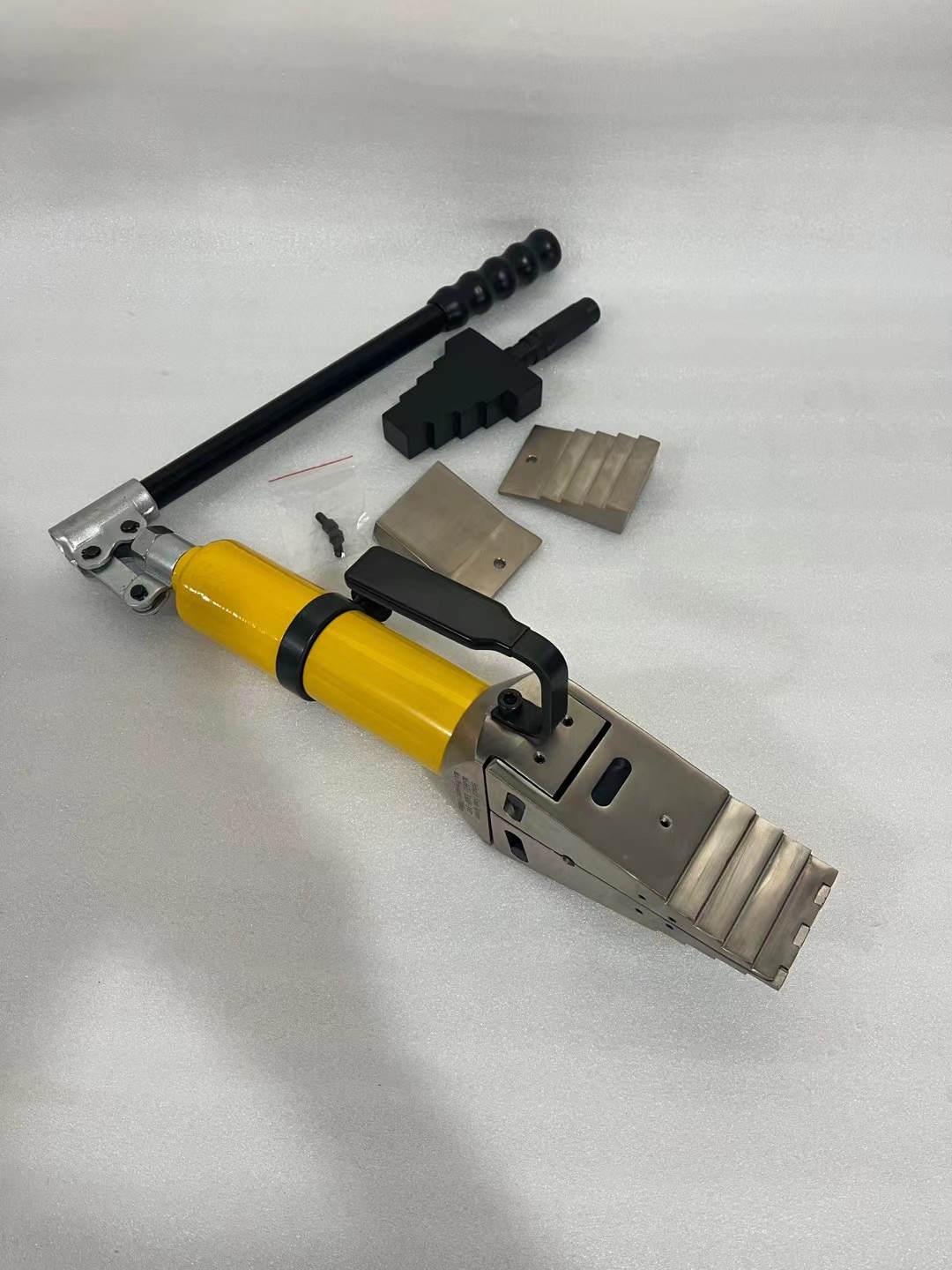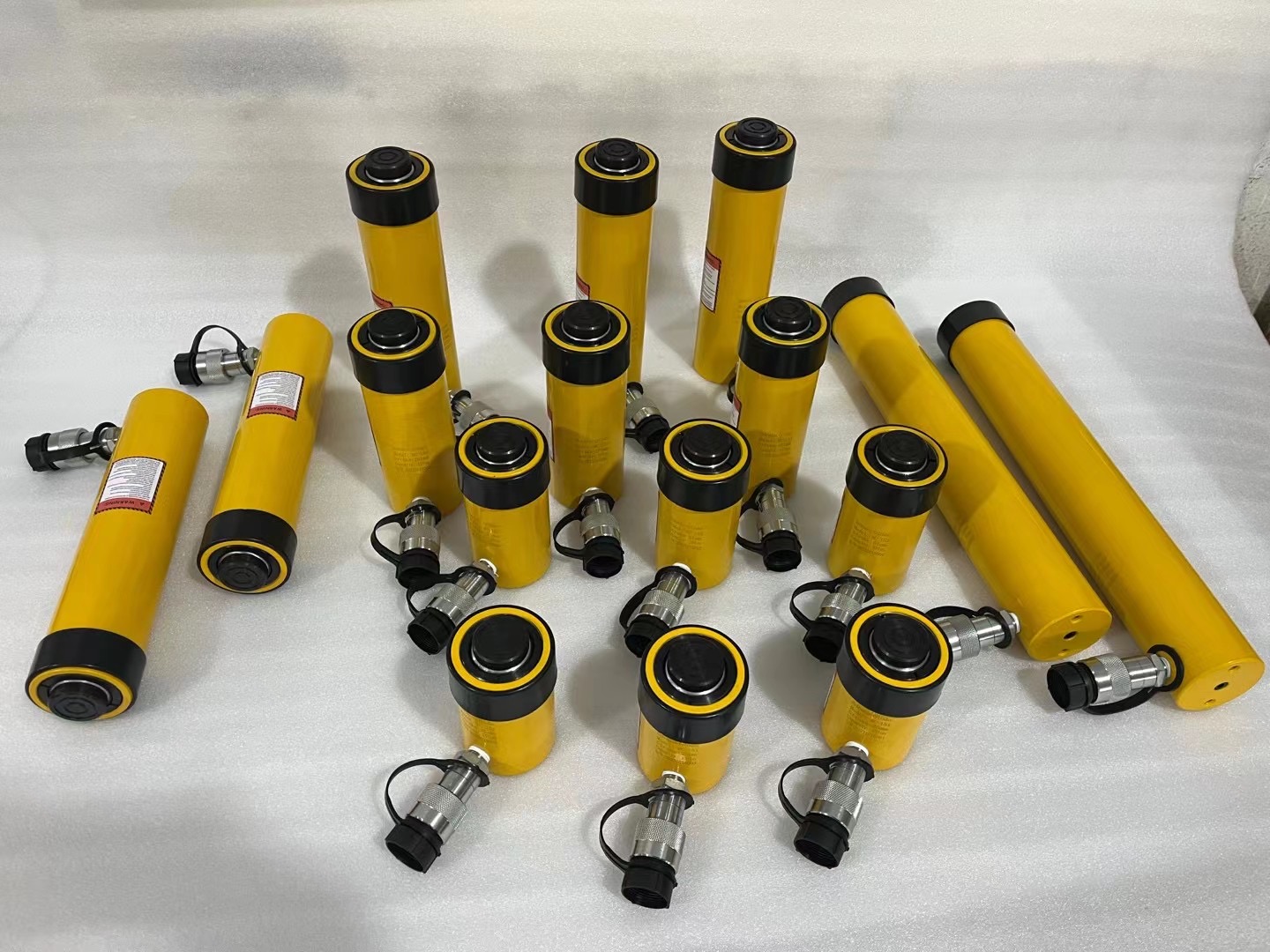Hydraulic cylinder
Hydraulic cylinder is a commonly used hydraulic transmission device widely used in industrial and mechanical equipment. It is a device that generates force and movement through the pressure of hydraulic oil, and has the advantage of providing powerful and smooth movement.
The hydraulic cylinder is composed of cylinder barrel, piston, seal, spring and oil inlet. During operation, hydraulic oil enters the cylinder through the oil inlet, causing pressure inside the cylinder to push the piston to generate force and movement. The function of the seal is to prevent hydraulic oil leakage and ensure the normal operation of the hydraulic cylinder.
There are many types of hydraulic cylinders, including single-acting hydraulic cylinders, double-acting hydraulic cylinders and multi-stage hydraulic cylinders. Single-acting hydraulic cylinders can only achieve one-way movement, that is, they can only have thrust in one direction; double-acting hydraulic cylinders can achieve two-way movement, that is, they can have forward and reverse thrust; multi-stage hydraulic cylinders can achieve More force and travel.
The working principle of a hydraulic cylinder is to use the pressure of hydraulic oil to transmit force and movement. When hydraulic oil enters the cylinder, since the liquid is incompressible, the hydraulic oil will generate a certain pressure in the cylinder. Due to the area difference on the piston, according to Pascal's law, the pressure of the hydraulic oil will generate a thrust,









